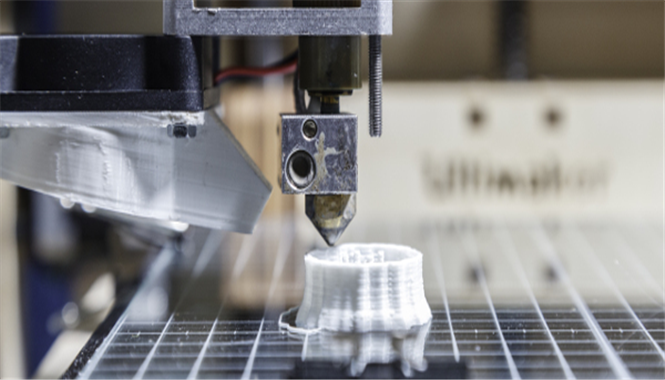
Global spending on 3D printing is expected to experience a five-year compound annual growth rate (CAGR) of 22.3%, with revenues topping $28.9bn in 2020. This is a massive surge in growth when compared to the estimated $13.2bn in 2016.
According to research firm IDC, the US is poised to lead the market, generating nearly a quarter of 3D printing revenues throughout the 2015-2020 forecast period.
Western Europe, Asia-Pacific excluding Japan, and Japan are expected to follow with just more than half of total revenues combined.
The discrete manufacturing industry will lead the market, with more than two thirds of revenues for the foreseeable future.
Medical companies in the US and Western Europe will push healthcare into the second spot by 2020 with revenues of over $3.1bn, said IDC.
IDC vice president for customer insights and analysis Christopher Chute said: “As the 3D Printing market matures, major trends are no longer confined to North America. Regions like Western Europe and Asia/Pacific are driving stronger levels of spending across different industries.”
Printing market matures, major trends are no longer confined to North America. Regions like Western Europe and Asia/Pacific are driving stronger levels of spending across different industries.”
The automotive design rapid prototyping segment is estimated to have generated $3.9bn in revenues for 2016, followed by the aerospace and defense parts printing category with nearly $2.4bn.
IDC said purchases of 3D printers and materials combined will produce nearly two thirds of total worldwide revenues throughout the forecast period.
The research firm expects revenues for computer-aided design software to triple over the five-year forecast period and the market for on-demand parts services to nearly match this growth.
IDC research analyst Carla La Croce said: “Thanks to the broader variety of 3D printers and materials that can be used, and also to lower prices, 3D printing is becoming more sophisticated and devoted to newer uses.
“In addition, existing use cases are increasing their market share. For example: dental printing is growing rapidly with the prospect of reaching one of the highest market shares in the near future (around 15 percent in 2020), as well as 3D printing for medical implants and devices (nearly 13 percent in 2020).”






